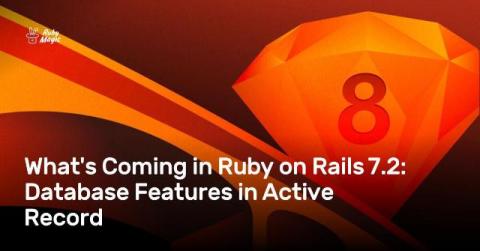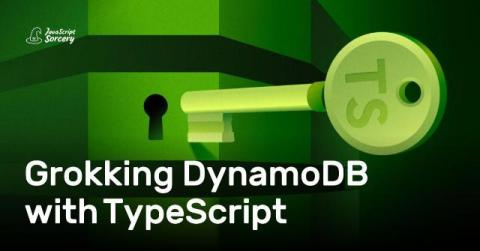What's Coming in Ruby on Rails 7.2: Database Features in Active Record
Ruby on Rails is currently in major version 7.1 and rolling towards Rails 8, the next comprehensive new release. Before Rails 8, though, there’s a significant version that will help bridge the gap: Ruby on Rails 7.2. In this post, we’ll dive into several noteworthy changes in Ruby on Rails 7.2, focusing on the support for database changes in Active Record. You'll come away with hands-on opportunities to work with these features. Let's get started!







